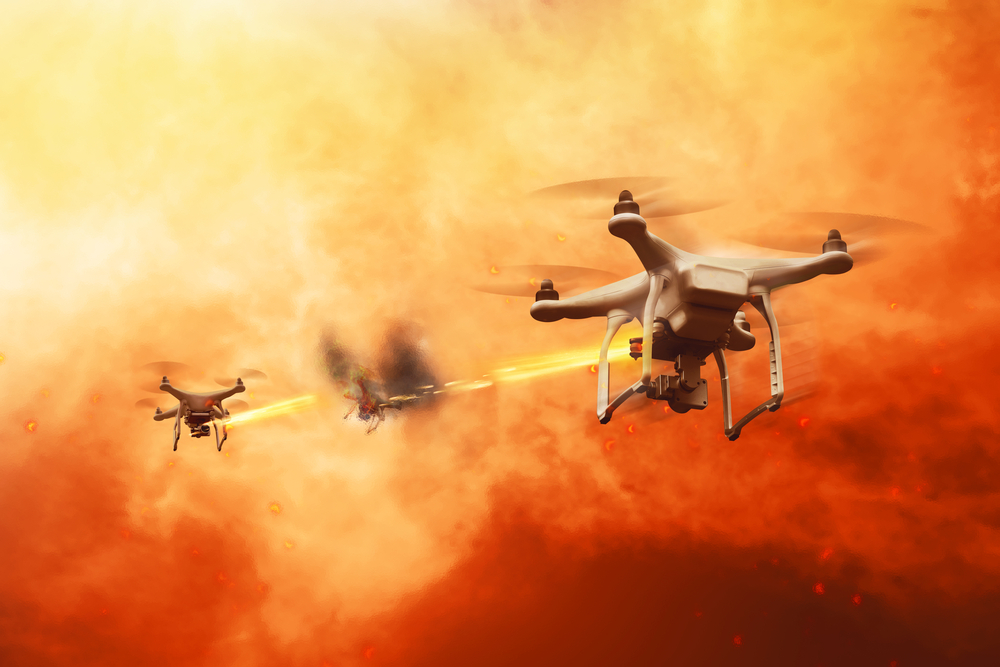
The Defense Advanced Research Projects Agency (DARPA) recently awarded three Phase 1 agreements for its mobile force protection (MFP) program, an initiative that focuses on countering the proliferation of small, unmanned aircraft systems (sUAS).
The agreements were awarded to Dynetics, Inc. of Huntsville, Alabama; Saab Defense and Security USA, LLC of East Syracuse, New York; and SRC, Inc. of North Syracuse, New York — each of which will work to expedite the development of counter-sUAS capabilities and their near-term introduction into the field.
“The three teams we’ve assembled have innovative ideas for a versatile, layered defense system that could protect convoys on the move from multiple small unmanned aircraft systems in real time,” Jean-Charles Ledé, program manager for DARPA’s Technical Technology Office, said. “Each team will now work to integrate novel ideas for advanced sensors and neutralization approaches into a common framework emphasizing safety for civilian bystanders, ease of operation, and low size, weight, power, and cost.”
According to DARPA, the program is aiming for three phases that will begin with initial functionality demonstrations and conclude with open-air demonstrations involving increasingly sophisticated threats and scenarios.
In order to facilitate interoperability of the MFP system, the agency also selected the U.S. Army’s Maneuver Aviation and Fires Integration Application’s (MAFIA) service-oriented architecture for a number of program facets including its data-fusion engine, decision aid algorithms, user interface, and the command and control software backbone.
The MAFIA architecture is currently used by various U.S. Department of Defense (DoD) programs and supports multiple operating systems.
DARPA noted in a release that in addition to supporting DoD services, it is working closely on the mobile program with the U.S. Department of Homeland Security’s Science and Technology Directorate as well as the U.S. Coast Guard.




